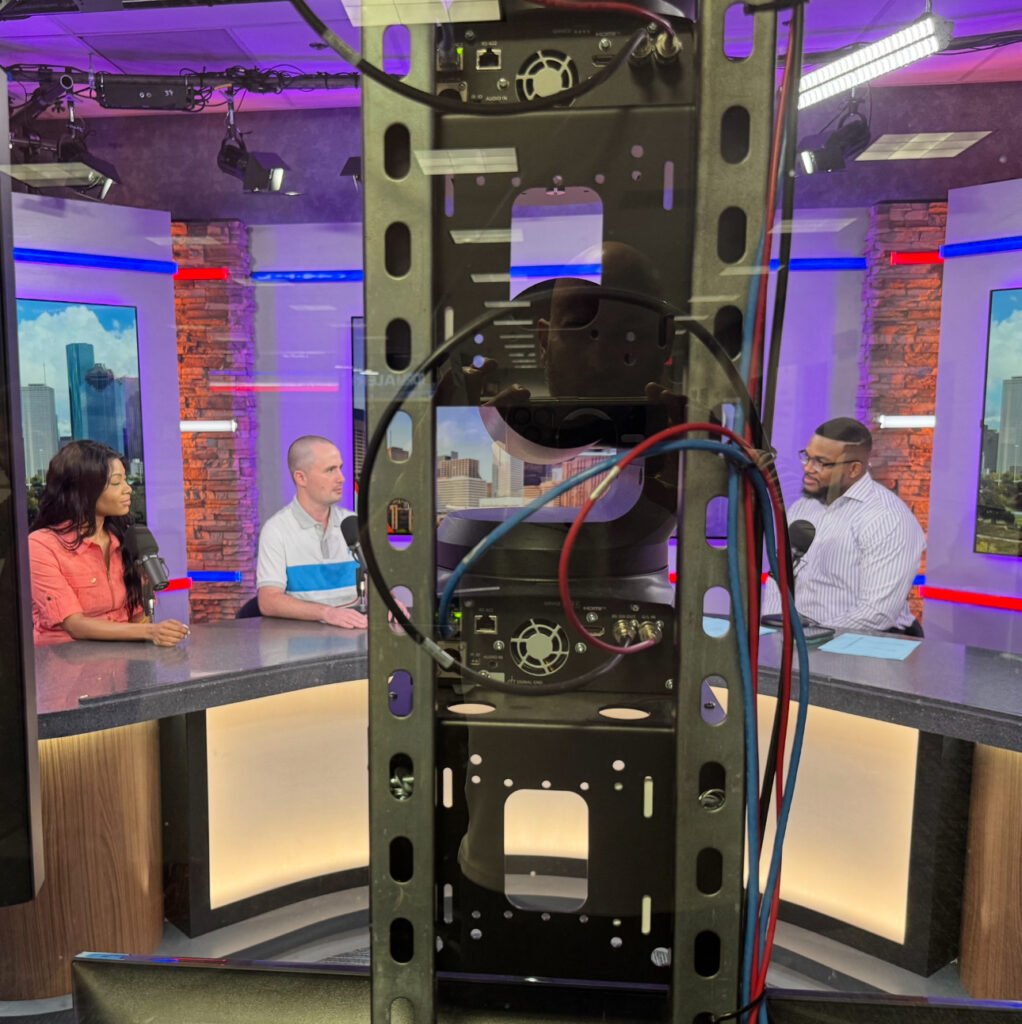News
Shannon Sharpe Accused of Rape—Ex-Girlfriend Sues for $50 Million
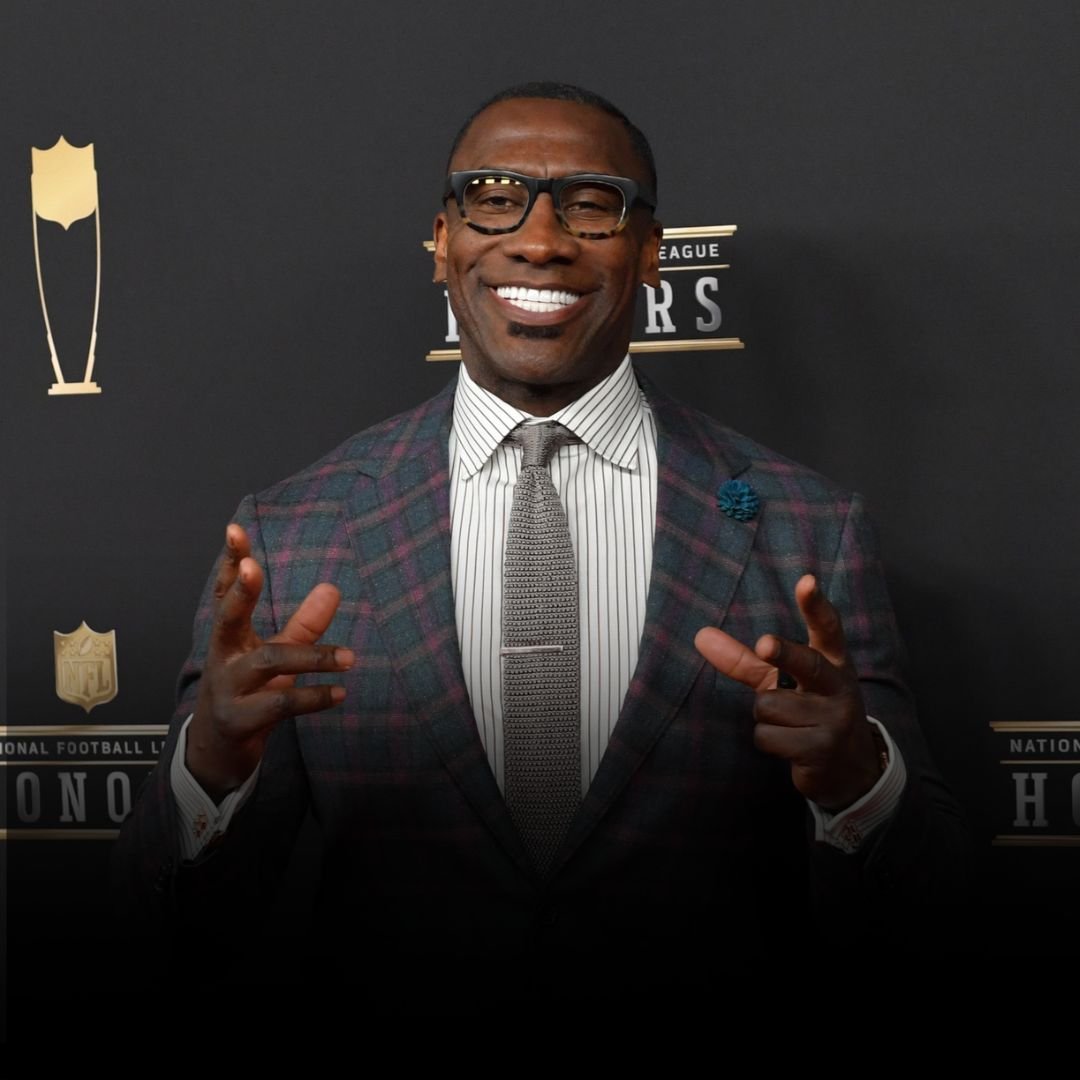
Shannon Sharpe, NFL Hall of Famer and media personality, is facing explosive allegations of rape and sexual assault in a $50 million lawsuit filed in Nevada by an ex-girlfriend identified as “Jane Doe.” The lawsuit claims Sharpe raped her twice in October and once in January, and also accuses him of harassment, battery, and infliction of emotional distress, as reported by BBC News.
“After many months of manipulating and controlling Plaintiff — a woman more than thirty years younger than he — and repeatedly threatening to brutally choke and violently slap her, Sharpe refused to accept the answer no and raped Plaintiff, despite her sobbing and repeated screams of ‘no,’”
Pattern of Abuse and Control
According to court documents, Jane Doe alleges Sharpe used his fame to “manipulate, control, subjugate and violate women” during their nearly two-year relationship, which began when she was 19 or 20 and Sharpe was in his mid-50s (New York Times). The complaint describes a pattern of intimidation, manipulation, and threats, including:
- Repeated threats to choke and slap Jane Doe
- Sharpe allegedly recording sexual encounters without her consent and sharing the videos with friends (FOX 9)
- Threatening her life if she tried to share her location for safety reasons (6ABC)
- Becoming physically aggressive and controlling as the relationship progressed (ESPN)
Sharpe’s Response: “Shakedown” and Denial
Sharpe has categorically denied all allegations, calling the lawsuit a “shakedown” and an “egregious attempt at blackmail,” according to his attorney Lanny J. Davis. In a public statement, Davis said:
“Mr. Sharpe categorically denies all allegations of coercion or misconduct — especially the gross lie of ‘rape’ — and will not submit to what he sees as an egregious attempt at blackmail. He stands firmly by the truth and is prepared to fight these false claims vigorously in court.”
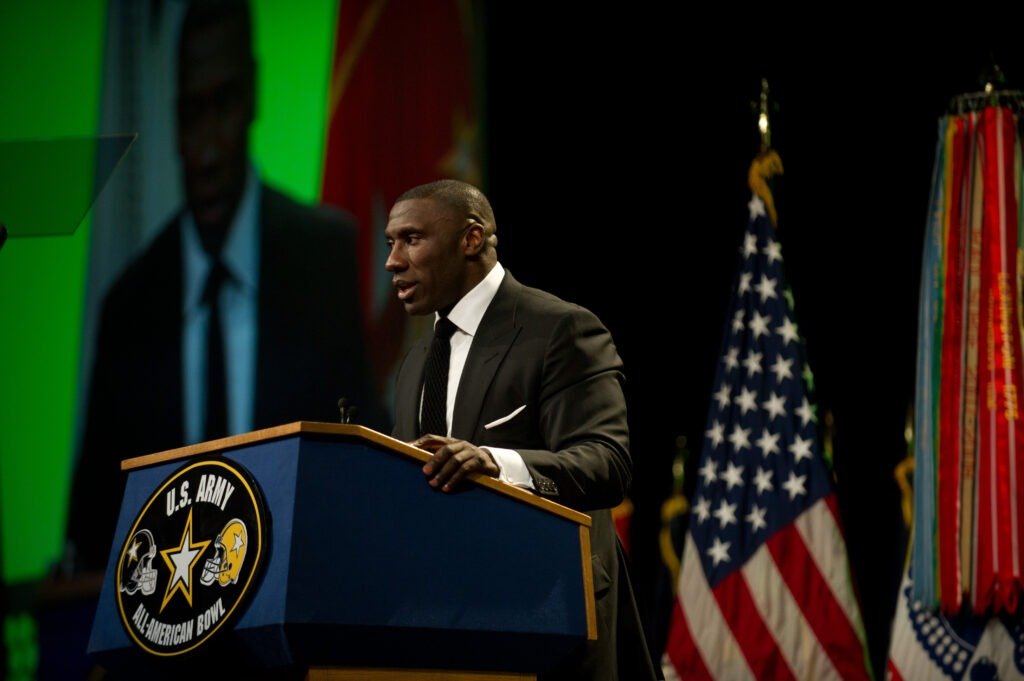
Sharpe’s legal team has released what they say are explicit text messages between Sharpe and Jane Doe, arguing these show a consensual adult relationship involving role-playing and sexual fantasy scenarios requested by the plaintiff (New York Times). Sharpe has also demanded the release of the complete, unedited sex tape referenced in the lawsuit, insisting that only the full context will clear his name (FOX 9).
Settlement Offer and Legal Battle
Sharpe’s attorneys revealed he offered Jane Doe a $10 million settlement, which she declined before filing the lawsuit (New York Times). The case is now set for a high-profile legal fight, with both sides accusing each other of dishonesty and manipulation.
“He was and is wrong… He believed Plaintiff to be his personal property, possessed and owned by him. He also believed that the laws did not apply to him, that he could take what he wanted, and that no one could or would stop him.”
What’s Next?
The lawsuit seeks $50 million in damages for assault, sexual assault, battery, and emotional distress (LA Times). As of now, no criminal charges have been filed, and the case remains a civil matter (6ABC). The outcome will be closely watched for its impact not only on Sharpe’s career but also on the broader conversation about consent, celebrity, and accountability.
This story will be updated as more details emerge and the legal proceedings continue.

Bolanle Media covers a wide range of topics, including film, technology, and culture. Our team creates easy-to-understand articles and news pieces that keep readers informed about the latest trends and events. If you’re looking for press coverage or want to share your story with a wider audience, we’d love to hear from you! Contact us today to discuss how we can help bring your news to life
Advice
12 Essential Camera Angles for Cinematic Storytelling

Capturing a compelling story on film isn’t just about pointing your camera and pressing record—it’s about choosing the right angles to express meaning, evoke feeling, and fully immerse your audience. Understanding and utilizing a broad palette of camera angles can elevate your films, transforming ordinary moments into cinematic experiences.
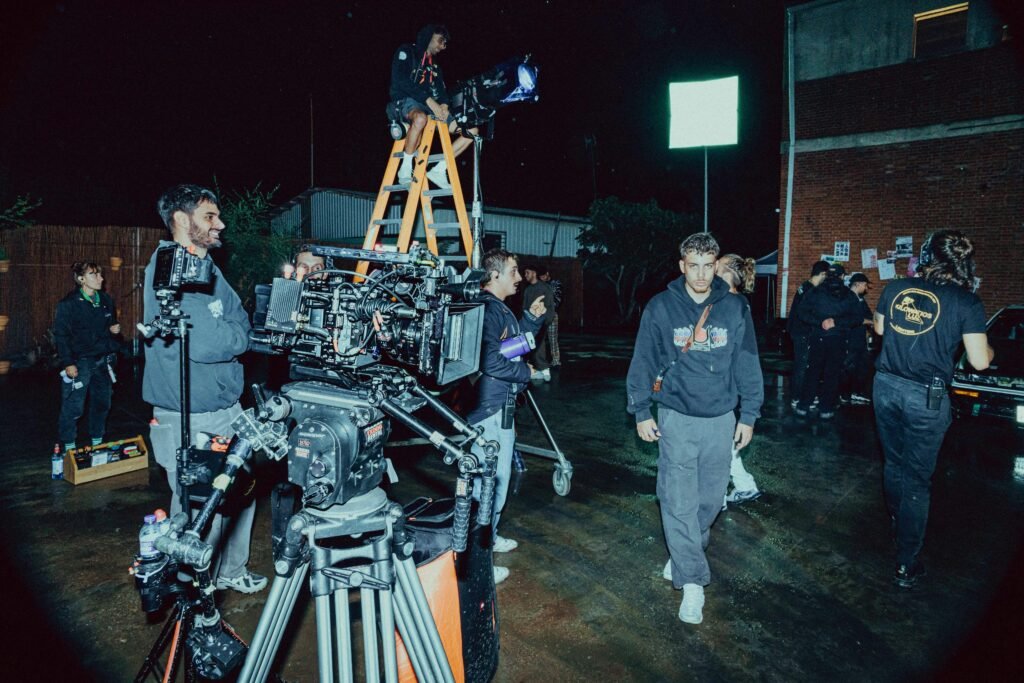
Why Camera Angles Matter
Camera angles are a filmmaker’s secret weapon for three major reasons:
- Perspective: By altering camera angles, you grant your audience varied viewpoints, helping them better understand and connect with the story’s world.
- Emotion: Different angles evoke different emotions—making viewers feel powerful, vulnerable, uneasy, or intimate.
- Editing Flexibility: A variety of angles in your footage provides editors with more options, enhancing your film’s pacing, continuity, and impact.
The 12 Most Popular Camera Angles
Here’s a rundown of the twelve key angles you’ll see in film and video production, alongside when—and why—you’d want to use them.Camera Angle Description Best Use Wide Shot Captures a broad view, showing more of the environment Establishing location, isolation Long Shot Shows the subject’s full body, often from a distance Subject focus, context Medium Shot Frames subject from the waist up Dialogue, connection Cowboy Shot From mid-thigh up; classic in westerns Show action around waist Tight/Close-Up Shot Head and shoulders; emphasizes expressions Intense, intimate dialogue Detail/Extreme Close-Up Focuses closely on a single detail (eyes, watch, etc.) Emphasize clues, mystery Low Angle Camera looks up at subject, making them appear powerful Power, dominance, awe High Angle Camera looks down on subject, making them look vulnerable Weakness, danger, exposure Dutch Angle Tilted horizon line Unease, tension, disorientation Over-the-Shoulder Camera behind a character’s shoulder Perspective in conversations POV (Point of View) Depicts what the character sees Subjectivity, immersion Cutaway Briefly shows something outside the main action Transitions, parallel stories
Applying Camera Angles: When, Why, and How
Adding Emotion and Variety
A well-shot scene incorporates multiple angles to create visual interest, intensify emotion, and offer editorial options. For example, an action sequence combining wide shots, low angles, and POV footage immerses viewers in the chaos and excitement. Conversely, using just one wide static shot can convey loneliness or isolation—overusing angles in such a moment may dilute the intended mood.
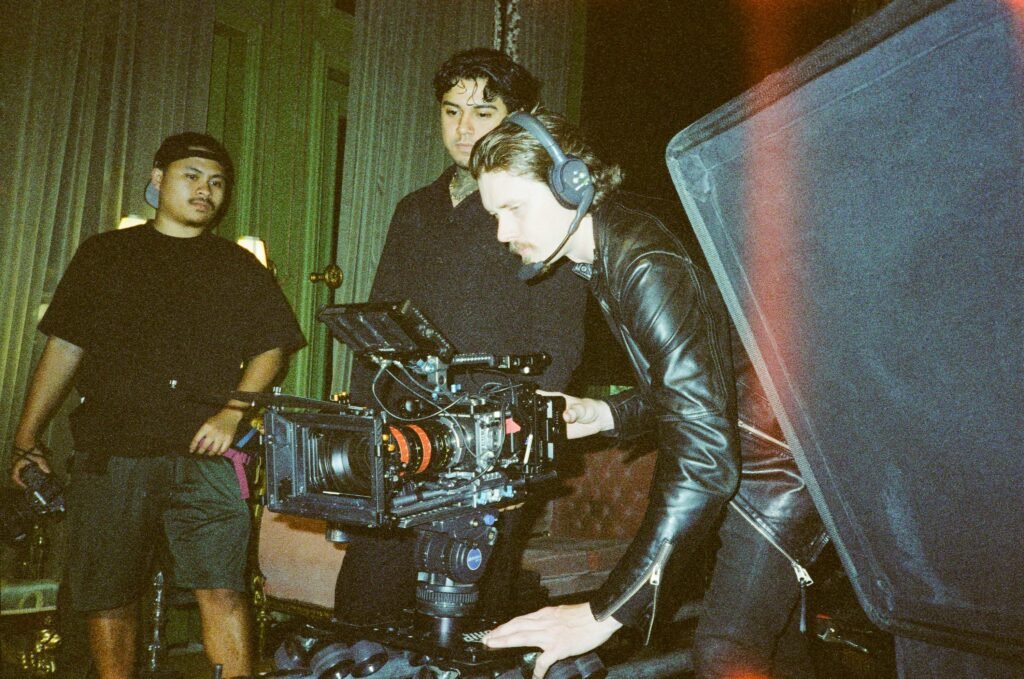
Avoiding Overuse
Not every scene benefits from every angle. Ask yourself: Does this angle contribute to the story or feeling I want to convey? Unnecessary close-ups or unrelated details can distract the audience and cause confusion, especially if the shot offers information irrelevant to the narrative.
Essential Editing Rules for Camera Angles
- The 180-Degree Rule: Imagine an invisible line through your scene. Keep all cameras on the same side of that line to maintain spatial consistency. Crossing the line disorients the viewer unless done deliberately (such as with a continuous moving shot).
- The 30-Degree Rule: When cutting between two angles of the same subject, ensure the cameras are at least 30 degrees apart to avoid jump cuts. This creates smoother, more professional edits.
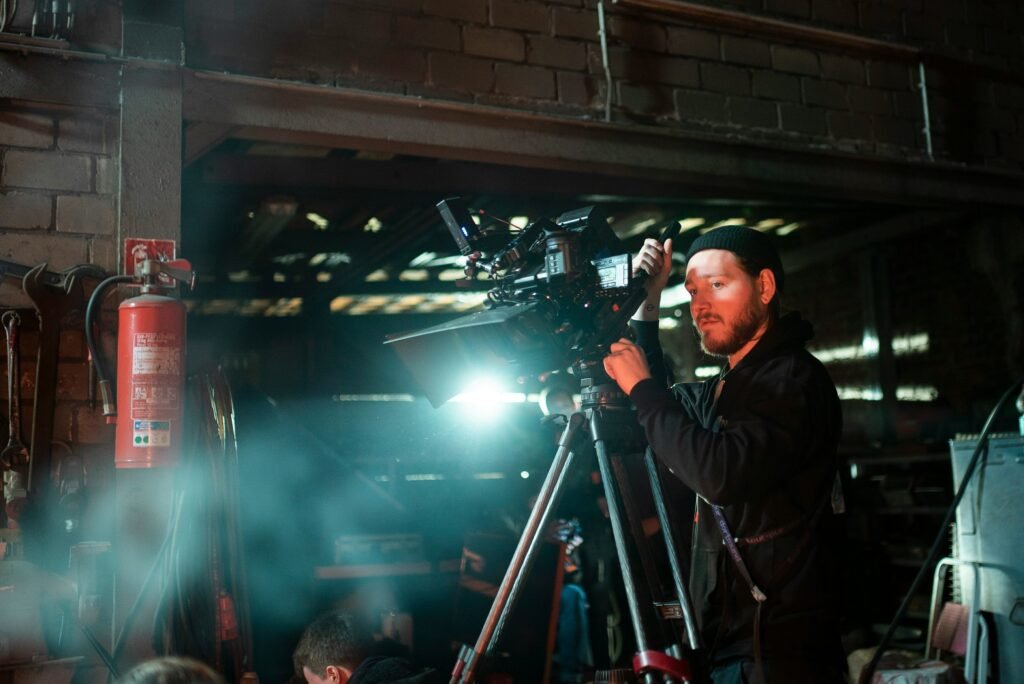
Practical Example: Shooting an Action Scene
A typical, well-covered action sequence might include:
- A wide shot to establish location,
- Tight shots on faces and instruments for emotion,
- Medium shots for dialogue,
- Extreme close-ups for critical details,
- Drone or high angles for perspective,
- Low angles for drama.
Such an approach gives editors the freedom to cut dynamically, maintain narrative clarity, and keep audiences engaged.

Tips for Filmmakers
- Carefully select camera angles to align with the emotional tone of your scene.
- Don’t overcomplicate your coverage; use angles purposefully.
- When in doubt, start with at least five different angles for important actions.
- Follow the core editing rules for seamless, professional-looking cuts.
The thoughtful use of camera angles is a hallmark of cinematic storytelling. Master these techniques, and you’ll give your films the emotional depth, polish, and visual intrigue they deserve.
News
Flash Floods Paralyze New York City

Heavy rains and flash flooding struck New York and neighboring regions on Monday, July 14, 2025, causing widespread disruption to transit, infrastructure, and daily life. The severe weather prompted flash flood warnings across all five boroughs of New York City and parts of the wider metropolitan area, with New Jersey Governor Phil Murphy declaring a state of emergency and urging residents to stay indoors.

Impact Across the Region
- Public Transit & Roads:
- Subways in New York City experienced significant flooding and delays, with several lines temporarily suspended.
- Footage captured water erupting through subway station turnstiles and inundating train cars, notably at Manhattan’s 28th Street station.
- Above ground, highways and main thoroughfares like the Saw Mill River Parkway, Cross Bronx Expressway, FDR Drive, and Harlem River Drive were submerged, leaving vehicles stalled and traffic at a standstill.
- Regional airports, including JFK, LaGuardia, and Newark, saw flight cancellations due to runway flooding and hazardous travel conditions.
- Residential and Community Risks:
- Residents of basement apartments – including significant low-income and immigrant populations – were put on high alert due to sudden flood risks, with emergency officials advising they be ready to evacuate at a moment’s notice.
- In neighborhoods such as south and east Brooklyn, south Queens, the east coast of Staten Island, and the East Bronx, housing is particularly vulnerable to flooding, compounding risks for the city’s most underserved residents.
- Emergency Response:
- Rescue workers acted swiftly to assist motorists trapped in rising waters, with some locations requiring wading through neck-high floods to reach those stranded.
- The National Weather Service warned drivers of the dangers of attempting to cross flooded roads, reiterating “Turn Around, Don’t Drown,” since nearly half of all flash flood fatalities occur in vehicles.
Causes and Contributing Factors
Meteorological experts note that climate change is intensifying rain events in the region. Warmer air retains more moisture, leading to rainfall that is both heavier and falls in shorter, more intense bursts. Events like the July 2025 flash floods are becoming more frequent, mirroring earlier disasters such as the devastation from Hurricane Ida in 2021 and the record September 2023 floods.
The city’s aging combined sewer infrastructure—where stormwater and sewage travel through the same pipes—exacerbates the risks. Overflow during storms can send untreated waste into homes and adjacent waterways, leading to not only property damage but significant impacts on marine ecosystems and public health.
Vulnerable Groups and Long-Term Risks
- Low-income and immigrant populations are disproportionately affected, as they often inhabit high-risk areas and basement apartments.
- Urban development, insufficient green infrastructure, and outdated drainage systems make the region especially susceptible to flooding, a threat compounded by rising sea levels and more unpredictable storm patterns.
- Pollution from floodwaters, which can carry debris, chemicals, and sewage, poses lingering dangers to both communities and natural habitats.
Looking Forward: Adaptation and Preparation
City and state authorities have emphasized the need for improved infrastructure and better emergency preparedness. Experts recommend the city:

- Expand green infrastructure (such as permeable pavements and rain gardens) to better absorb stormwater.
- Retrofit or upgrade aging sewer systems.
- Continue public education on flood risks, especially for high-risk residents in basement apartments.
- Maintain and enforce evacuation protocols during flash flood emergencies.
Further, individuals are urged to heed official flood warnings, avoid driving through floodwaters, and have an emergency plan ready, particularly those living in vulnerable housing or coastal areas.
New York’s flooding challenges are ongoing and multifaceted, demanding coordinated action to address both immediate dangers and the long-term risks posed by a warming climate.
News
Blake: Champion for the Next Generation

Blake is more than an athlete—he is an advocate, a mentor, and a beacon of positivity within the Special Olympics Texas community. With a decade of experience playing basketball and soccer, Blake has dedicated himself not only to his own growth but to uplifting those around him.
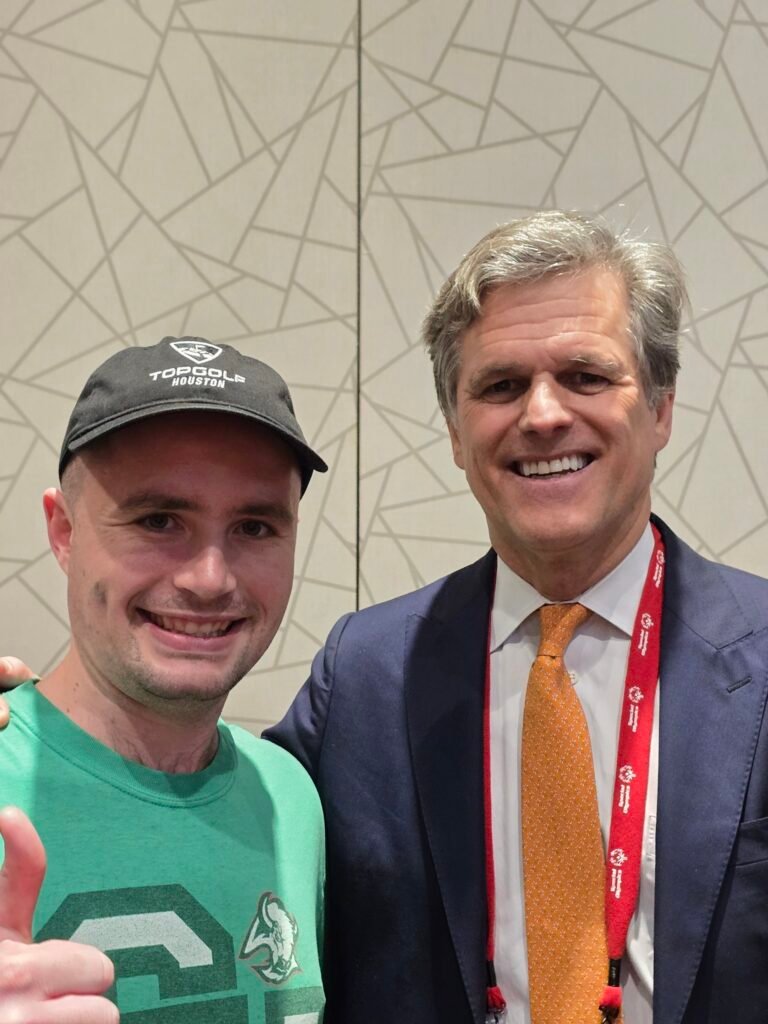
Inspiring Beginnings
Blake’s journey with Special Olympics began with the desire to help the next generation in a significant way. He is drawn to the joy and camaraderie that define the community, cherishing the chance to socialize, connect, and build lasting relationships. For Blake, being surrounded by happiness and unity is a constant source of motivation.
Words of Wisdom
Blake’s advice to new athletes is heartfelt and empowering:
“Be yourself. Don’t allow yourself to think you can’t do anything. Every athlete has a real purpose on this earth and can make an impact for the next generation.”
He encourages others to recognize their own value and to strive to be a positive force for those who follow.
Overcoming Adversity
Blake’s resilience shines through in his story of overcoming a painful childhood incident, where he suffered a second-degree burn from an attack in sixth grade. Rather than letting this define him, Blake found strength in forgiveness, learning to respond to adversity with compassion and understanding. This experience deepened his belief in the power of love and forgiveness, values he now champions daily.
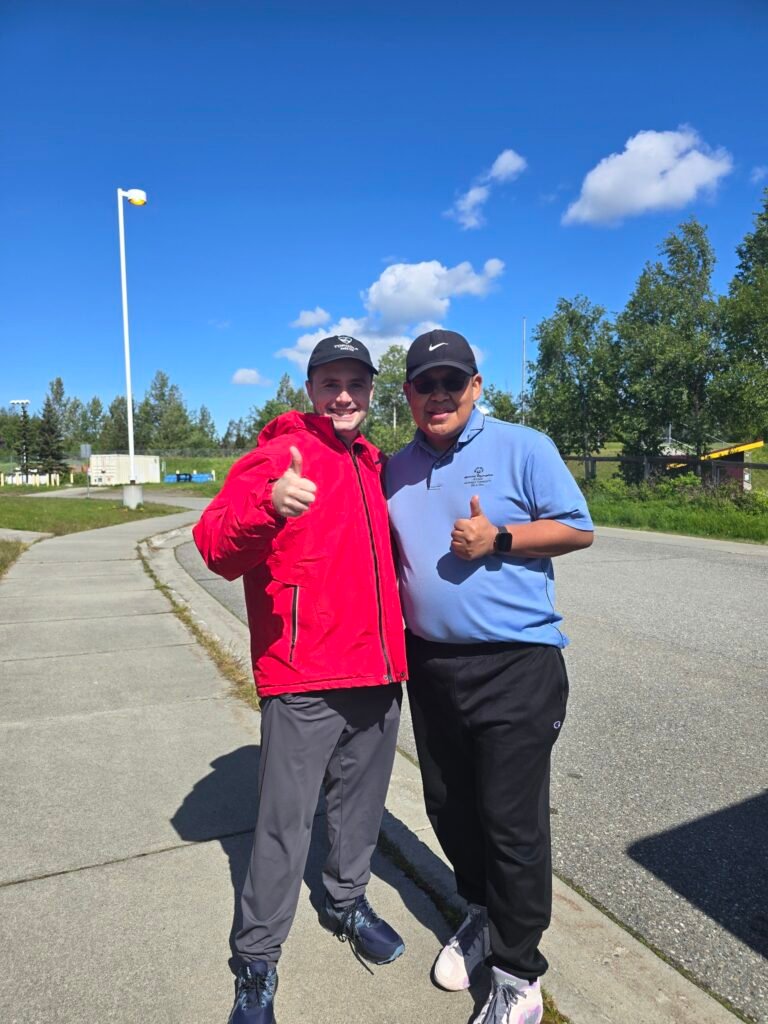
Advocacy and Leadership
Blake’s proudest moments stem from his advocacy work—most notably, traveling to Washington D.C. to represent and fight for the next generation of athletes. He treasures the opportunity to meet athletes from across the country and is proud to serve as a role model and voice for others.
His biggest supporters, Heather and AJ, have demonstrated true leadership and provided Blake with meaningful opportunities, such as being the keynote speaker at the Breakfast of Champions. These experiences have fueled his passion for advocacy and inspired him to aim for the role of global messenger, where he hopes to amplify opportunities for all athletes.
Life Beyond Sports
Outside of athletics, Blake is a creative spirit. He enjoys writing letters, advocating for increased opportunities, volunteering, and exploring different movie scenes to learn about storytelling and messages. His willingness to learn and build a creative mind is evident in all he does.
The Heart of Special Olympics
For Blake, Special Olympics is a “happy heaven” where everyone belongs and positivity abounds. He finds joy in seeing smiles, fostering unity, and ensuring that every athlete feels valued and included.
Blake’s journey is a testament to the power of perseverance, forgiveness, and advocacy. He is not only an athlete but a true leader, dedicated to making a lasting impact for the next generation.
Join us in bringing the inspiring stories of Special Olympics athletes to the world by supporting our crowdfunding campaign! Your contribution—whether by backing the project, sharing the campaign with your network, or getting involved as a subject, collaborator, or creative team member—will help us celebrate courage, inclusion, and community on a global stage. Every bit of support makes a difference, so if you’re passionate about making an impact, we invite you to be part of this meaningful project and help shine a spotlight on the incredible achievements of Special Olympics athletes.

 Business2 weeks ago
Business2 weeks agoPros and Cons of the Big Beautiful Bill

 Advice3 weeks ago
Advice3 weeks agoWhat SXSW 2025 Filmmakers Want Every New Director to Know

 Film Industry4 weeks ago
Film Industry4 weeks agoFilming Yourself and Look Cinematic

 News2 weeks ago
News2 weeks agoFather Leaps Overboard to Save Daughter on Disney Dream Cruise

 Health2 weeks ago
Health2 weeks agoMcCullough Alleges Government Hid COVID Vaccine Side Effects

 Advice3 weeks ago
Advice3 weeks agoWhy 20% of Us Are Always Late

 Advice3 weeks ago
Advice3 weeks agoHow to Find Your Voice as a Filmmaker

 Entertainment2 weeks ago
Entertainment2 weeks agoJuror 25’s Behavior Sparks Debate Over Fairness in High-Profile Diddy Trial



















